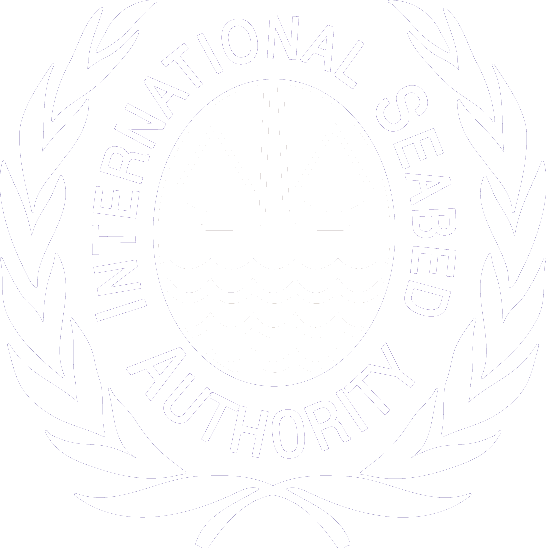Regulation is key to the sustainable development of deep seabed mining | 4 March 2019
Mr. Michael W. Lodge, Secretary-General, International Seabed Authority
Mining and metals are essential to achieving the 2030 Agenda for Sustainable Development. As the world’s population continues to grow, from 7 billion today to 9.6 billion in 2050, the demand for critical metals will continue to increase. The European Commission estimates for example, that demand for copper – one of the key minerals of interest for deep seabed mining, could rise by up to 341% by 2050 compared to 2010.
Deep seabed mining has the potential to provide long term socio-economic benefits to society. The question is, how can we use this resource in a way that is sustainable, and minimises the impact on the marine environment?
The good news is, we know how.
For 25 years, the International Seabed Authority (ISA) has carried out its mandate to implement the legal regime established by the 1982 United Nations Convention on the Law of the Sea (UNCLOS), to achieve the sustainable use of marine mineral resources, for the benefit of mankind as a whole.
ISA is the only forum where all 168 Parties to UNCLOS, including 167 Member States and the European Union, cooperate to administer the mineral resources in areas beyond national jurisdictions. It is the only organization mandated to ensure equity in access to the deep seabed, along with equitable sharing of benefits and scientific knowledge, and long-term sustainability in protection of the marine environment.
Fundamentally, environmental protection is at the forefront of ISA’s responsibilities. To be approved, even exploration activities must be accompanied by an assessment of their potential impact, along with a description of a programme for oceanographic and baseline environmental studies. These requirements must be abided by in accordance with the rules, regulations and procedures adopted under consensus, by all 168 members of ISA.
Since 2012, ISA has established nine marine protected areas on the seabed of the Pacific Ocean, as part of the regional environmental management plan adopted for the Clarion-Clipperton Fracture Zone. Collectively, these protected areas cover 1.6 million square kilometers. Compare this to the total area covered by the exploration contracts in the same region of 1.3 million square kilometers.
These areas represent one of the largest applications of marine protected areas on earth. ISA is also in the process of extending regional management plans for the North Atlantic, the Indian Ocean and the North West Pacific.
In light of this, any commercial exploitation or deep seabed mining activities will not be permitted to proceed unless the 168 members of ISA are satisfied that rigorous environmental safeguards are in place, through globally applicable regulations.
As of today, ISA has approved 29 contracts for exploration of the international deep seabed area, involving 22 different countries, covering 0.7 per cent of the world’s seabed.
The research undertaken as part of these contracts is the main source of data and knowledge helping us to better understand the deep seabed environment and ecosystems. It is also through this research, that we will be able to identify the best measures required to protect the marine environment.
Over the last 25 years, ISA has developed a highly comprehensive set of rules, regulations and procedures dealing with prospecting and exploration for mineral resources in the international deep seabed area. Building on this, and as seabed activities progress, a major effort is currently underway to develop exploitation regulations, known as the Mining code, which includes a broad stakeholder consultation process.
I can think of no other activity in the ocean where we have had the luxury to put the rules into place before the activity has occurred, and I encourage everyone to participate fully in this process.
Once in place, these regulations will require any mining companies planning to undertake activities in the international seabed area, to abide by stringent criteria, and account for continuing compliance through oversight by independent entities.
The development of the regime under which mining of the deep seabed could take place occurs in a transparent, public-forum of consensus-building by the international community under international law.
It is done so within a framework of reference of environmental protection, sustainability, impact assessment and oversight. Most importantly, it is anchored in the driving principle that the proceeds of any mining of the deep seabed will be transparent, and for the benefit of mankind as a whole. This presents a unique opportunity for us to work together to ensure a sustainable future for all.

